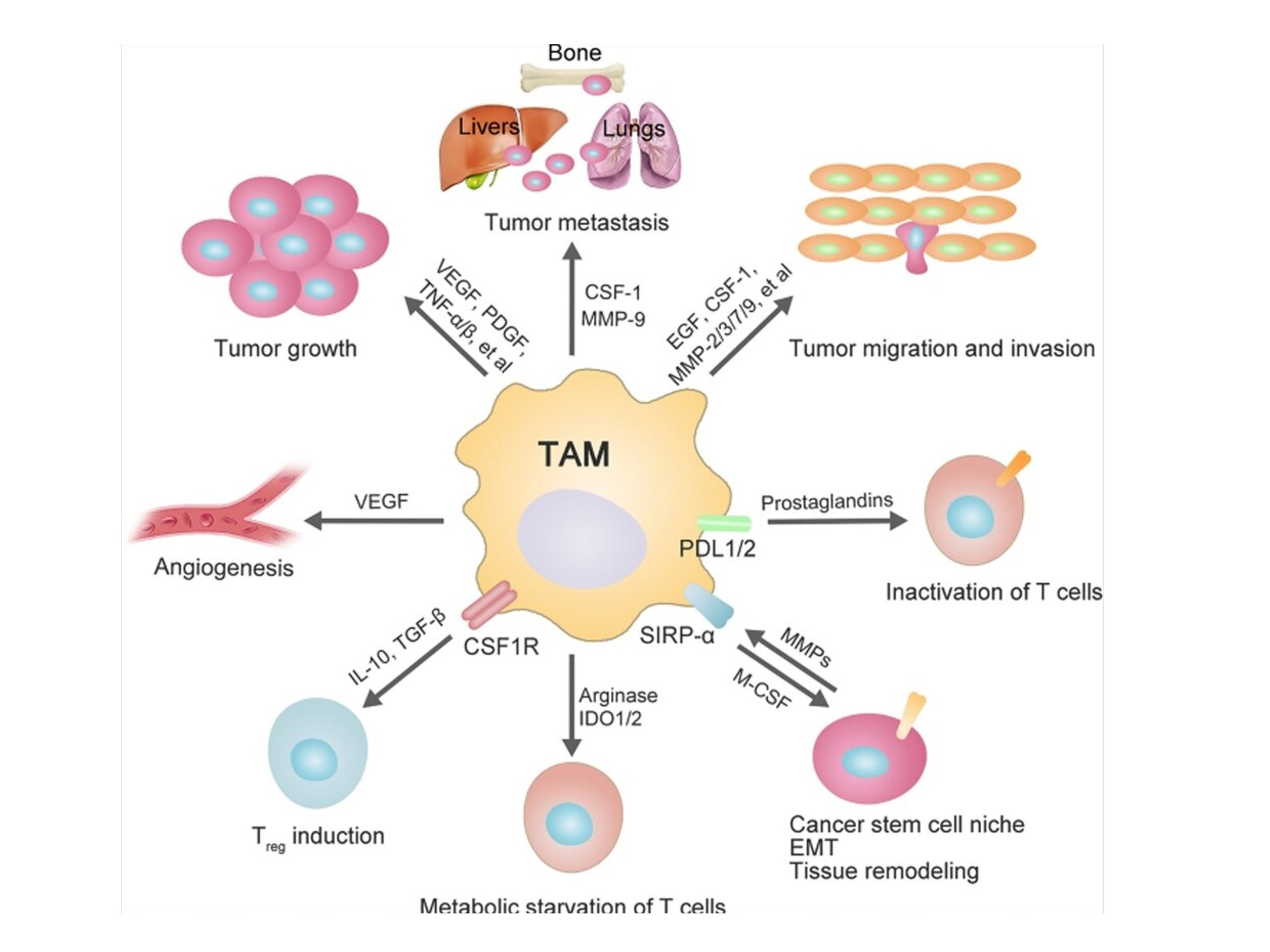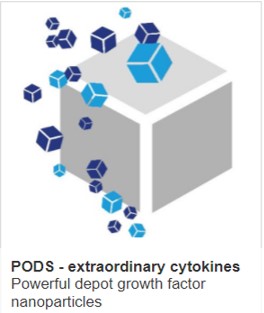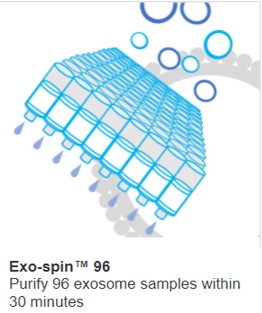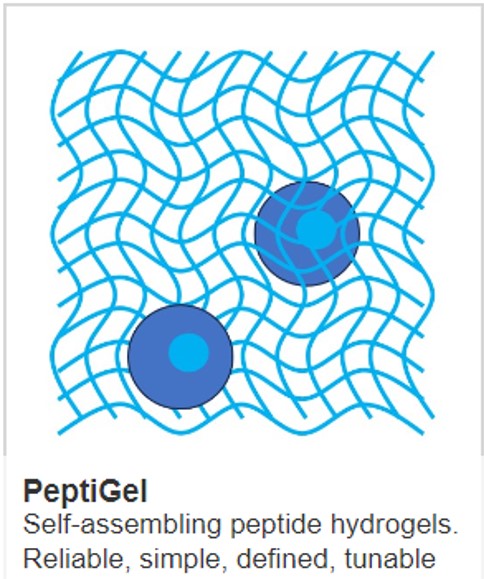The central role of TAMs in cancer immunotherapy

Immunotherapy, boosting the activity of the immune system, is widely used in cancer treatment. Success has been achieved with a variety of modalities, including adoptive cellular immunotherapy, antibodies, tumour vaccines, and small-molecule inhibitors. Tumour-associated macrophages (TAMs) play a key role in treatment outcome for many of these modalities even if the treatment does not target them directly.
Macrophages are multifunctional, heterogenous cells that have high plasticity. Their primary roles include pathogen elimination, clearing cellular debris, regulating the inflammatory response and cell homeostasis. As a pivotal link between innate and adaptive immunity, macrophages have several advantages as targets for tumour immunotherapy.
Macrophages constitute 30-50% of the immune cells within the tumour microenvironment (TME). Of these, the highest proportion of are derived from circulating monocytes that have infiltrated the tumour. The prevalence of these cells may support implementation of macrophage-based treatment into clinical practice.
Approaches to using TAMs in cancer treatment
These include:
Tumour-specific targeting: Macrophages are engineered or activated to target cancer cells specifically by being directed to the tumour site or by recognizing tumour-associated antigens. This specificity provides a great potential advantage over conventional treatments, such as chemotherapy, as it could reduce off-target damage to healthy tissue.
Phagocytosis of cancer cells: A key function of macrophages is their ability to phagocytose harmful cells. Harnessing this ability provides a huge opportunity for macrophage-based cancer immunotherapy.
Activation of other immune cells: Macrophages have a pivotal role in activating other immune cells, such as CD8+ T-cells and natural killer (NK) cells. Engineering macrophages to secrete chemokines (to attract) and pro-inflammatory cytokines (to activate) other immune cells may lead to a broader immune response, resulting in sustained cancer cell clearance.
Macrophage Polarization
Treatment strategies are also being developed using inhibitors of anti-inflammatory cytokines and chemokines to promote myeloid cell recruitment and polarization. Another strategy utilises activators of macrophage anti-tumour and immune stimulation functions to alter macrophages from M2-like phenotype (pro-tumour) to an M1-like phenotype (anti-tumour). Various molcules underpin and mediate this polarization within the TME including oncogenes, tumour suppressors, non-coding RNA, and small molecules. All of these provide potential targets and opportunities for cancer therapeutics.
Checkpoint inhibitors
Targeting immune checkpoints involved in myeloid cell function has shown promising anti-tumour potential in early-stage clinical trials. Attention has been drawn to macrophages’ role as inhibitors of T-cell checkpoints. Blocking this may enhance the anti-tumour effect of T cells – an approach that works well in leukaemia’s and lymphomas but has previously had a low response rate in solid tumours.
Macrophages act as the phagocytes for engulfing cancer cells. Cancer cells develop mechanisms such as CD47 “don’t eat me” display. Antibodies that block this signal can be effective in treating cancer. Additional targets, such as CD24 (another “don’t eat me” signal) are being assessed in clinical trials using antibodies to block their inhibition of macrophages.
In conclusion, the potential that macrophage-based therapies offer is exciting for the field of cancer immunotherapy. As research continues, the expectation is that personalised, targeted treatments can be developed for patients battling cancer.
IMAGE - Macrophages in cancer CREDIT: Taivo (Creative commons)
Learn more about powerful technologies that are enabling research:



